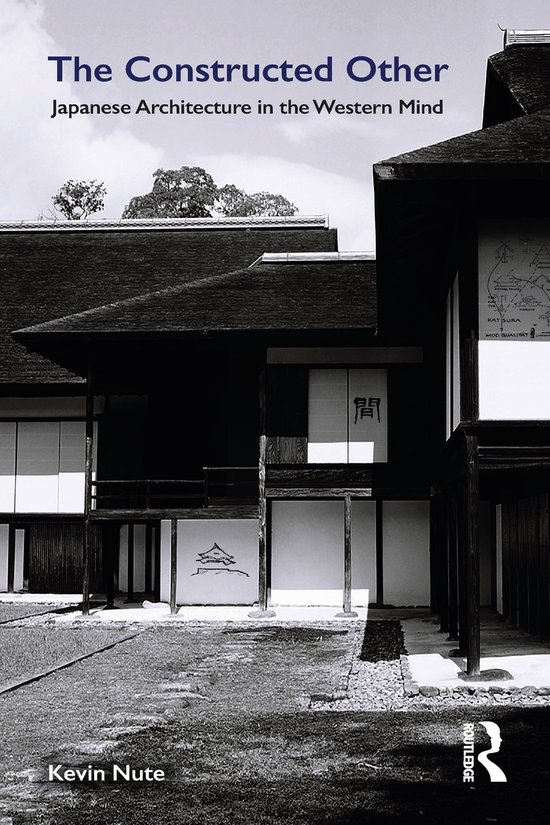
The Carpenter and the Architect
A contemporary reminder of the importance of the carpenter and wood in Japanese architecture.
When Japanese architecture is mentioned today, images of temples or pagodas generally come to mind. Others may think of more contemporary works: massive modular walls of rough concrete poured in place and bearing imprints of their formwork in the manner of Ando Tadao, the lighter structures of Ito Toyo and Sejima Kazuyo, or the finely wrought facades of Kuma Kengo. A generational chasm and, rather surprisingly, even a historical one seems to have opened up between the emblematic images of traditional Japanese architecture, in which wood is the material of choice, and more current and innovative work, in which its use has been reduced. Even though the carpenter has long been the lead builder, contemporary architectural culture appears to have forgotten this reservoir of construction experience accumulated over centuries. The Carpenter and the Architect expertly corrects this outdated notion.
When Japanese architecture is mentioned today, images of temples or pagodas generally come to mind. Others may think of more contemporary works: massive modular walls of rough concrete poured in place and bearing imprints of their formwork in the manner of Ando Tadao, the lighter structures of Ito Toyo and Sejima Kazuyo, or the finely wrought facades of Kuma Kengo. A generational chasm and, rather surprisingly, even a historical one seems to have opened up between the emblematic images of traditional Japanese architecture, in which wood is the material of choice, and more current and innovative work, in which its use has been reduced. Even though the carpenter has long been the lead builder, contemporary architectural culture appears to have forgotten this reservoir of construction experience accumulated over centuries. The Carpenter and the Architect expertly corrects this outdated notion.
| Auteur | | Benoit Jacquet |
| Taal | | Engels |
| Type | | Paperback |
| Categorie | | Kunst & Fotografie |





